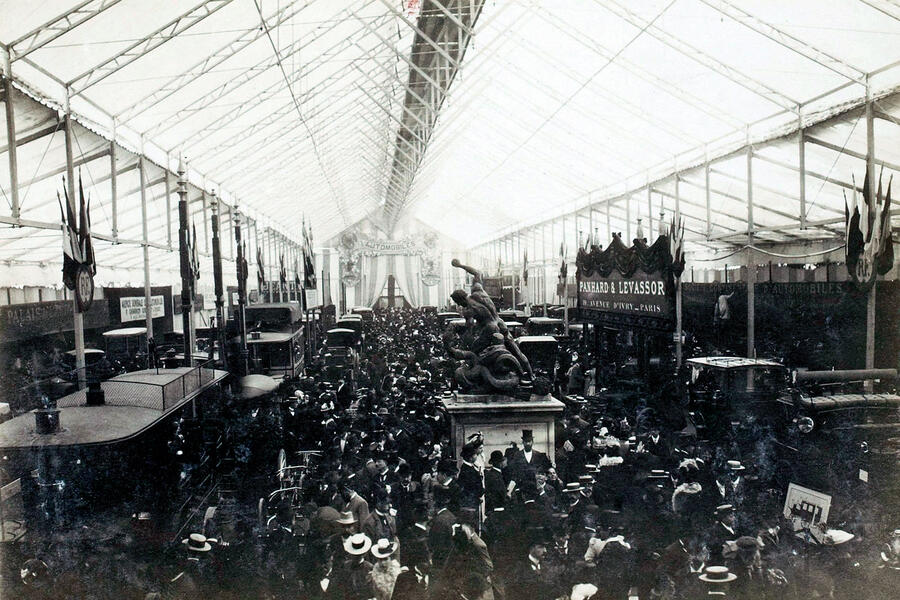
In 1898, France was at the forefront of the emerging world of motoring. The Automobile Club de France (ACF) had been established in 1895, and within just three years, the number of cars on French roads had reached around 2000. With this growing popularity, co-founder Jules de Dion believed it was time to showcase these vehicles to the public.
It is worth noting that de Dion himself had achieved significant feats in the world of automobiles prior to this exhibition. In 1894, he won the world’s first car race in a car made by his own company. He also played a role in founding L’Aéro-Club de France, set up a newspaper that created the Tour de France, and even served as a Member of Parliament. His name is still commonly associated with the term “axle.”
The chosen location for the exhibition was Le Jardin des Tuileries, a central spot in Paris between La Place de la Concorde and the Louvre. A temporary roof was constructed to cover the displays. To ensure that only serious exhibitors participated, cars had to be demonstrably driven beforehand.
The Exposition Internationale d’Automobiles drew a crowd of approximately 140,000 people. They had the opportunity to marvel at 232 car models from 77 different manufacturers.

According to our report at the time, the exhibition provided strong evidence of the viability of the automobile industry. The display of various vehicle propulsion systems showcased the significant advancements anticipated in the near future. We noted, “Among them, there were many ingenious and interesting devices that might be turned to excellent account, although some were of indifferent merit or utterly impracticable.”
One of the prominent exhibitors was De Dion-Bouton, which showcased its motorised tricycles and cars, alongside a remarkable 20-seat steam-powered omnibus capable of producing an impressive 50bhp.
Another notable presence was Panhard et Levassor, which displayed 12 vehicles of different types. Our report mentioned the beautifully finished carriage work and luxurious upholstery, surpassing the standards typically associated with horse-drawn vehicles.